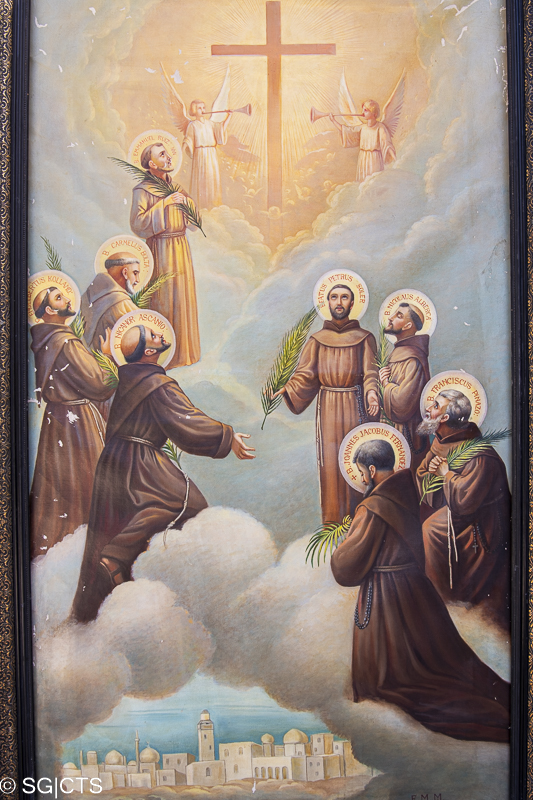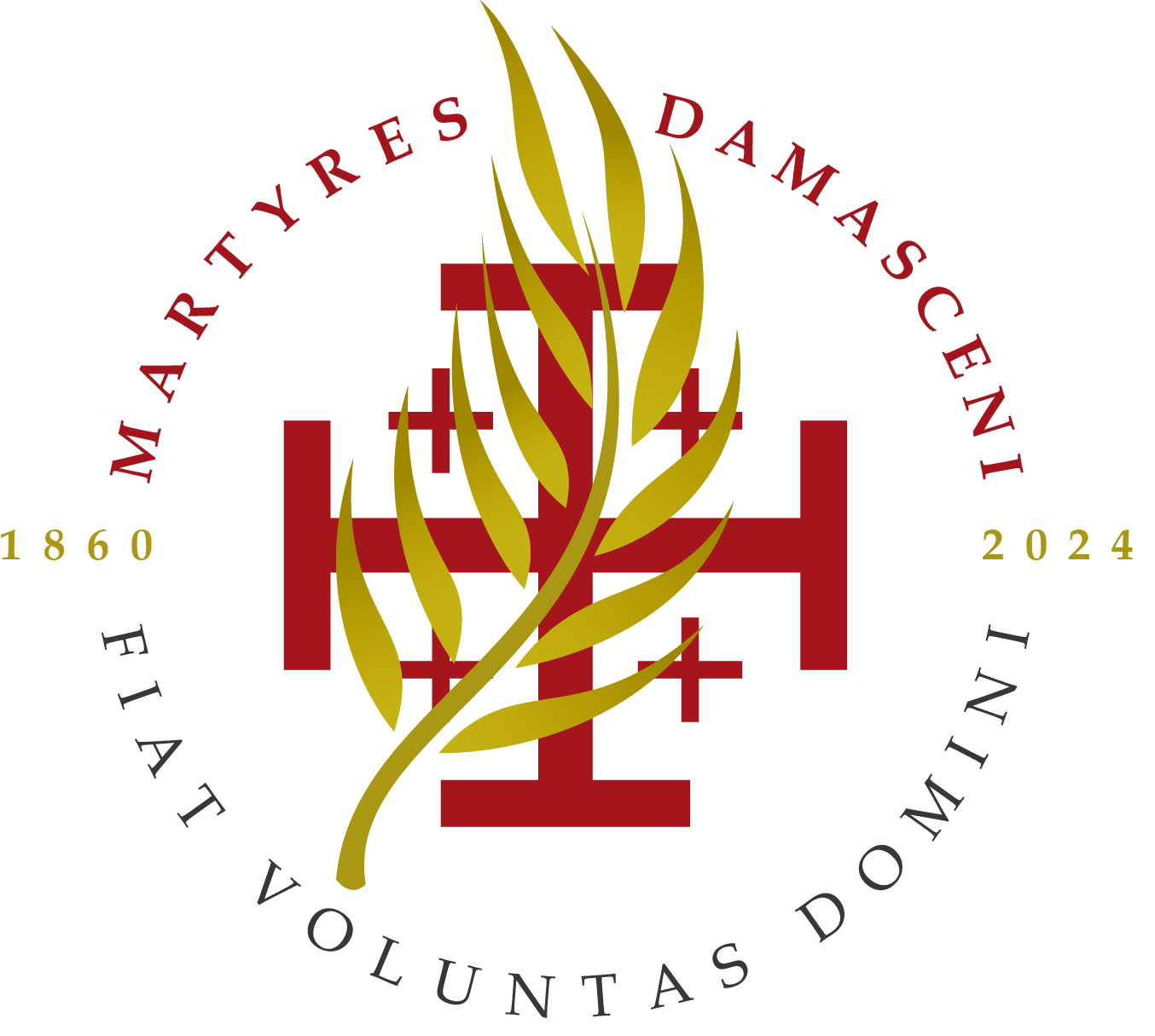
The eleven martyrs of Damascus who will be canonized on 20 October in St Peter’s Square include Fra Nicanor Ascanio Soria: belonging to the Diocese of Madrid.
He spent most of his life in Spain. The Lord called him to martyrdom only one year after his arrival in the Holy Land.
Nicanor was born in 1814 in a village near Madrid, Villarejo de Salvanés. Brought up in a very conservative environment of faith, at 16 he donned the Franciscan habit in the convent of Santa Maria de La Salceda, in Alcarria, in the religious province of the Observant Friars Minor of Castile.

“His path of convent life was interrupted by the exclaustration imposed by the laws of “desamortización” of Mendizábal in 1835,” says Fra Ulise Zarza, Vice postulator and member, together with Fra Rodrigo Machado Soares and Fra Narciso Klimas, of the Committee of preparation of the celebrations for the canonization of the Martyrs –, i.e. the complex phenomenon of legal actions against the Church, with disastrous consequences for the religious orders, many of which were suppressed. This is why Fra Nicanor was ordained a priest in the diocesan clergy.”
His willingness to martyrdom was a constant note in his spirituality.
During his long activity as a parish priest, he was appointed chaplain of the monastery of the Conceptionist Nuns of Aranjuez. Here Nicanor had the chance to meet in 1858 the Servant of God Sister Maria de los Dolores y Patrocinio, who had mystic gifts and well-known for having founded a number of monasteries with a certain spirit of reform.

“According to the sources,” Fra Ulise Zarza explains, “one day while he was celebrating Mass at the altar of the Blessed Virgin Mary of Olvido, to whose Sacred Miraculous Image he was very devoted, he suddenly felt the strong impulse to go to the Holy Land to give his life there. To know whether it was a genuine vocation, he went to visit the venerated Mother Maria de los Dolores y Patrocinio: the answer was that “his inspiration came from Heaven”.”
When the political conditions in the country improved, Fra Nicanor asked the Commissar of the Obra Pía of Madrid to join the Collegio di Priego – where the missionary vocations for the Holy Land were welcomed. On 25 January 1859 he set sail from Valencia on the Barcino steamship, with 14 religious, including the three confreres Nicolás Maria Alberca, Pedro Soler and Juan Jacob Fernández, also martyrs. That conducta ended up being defined in the annals as the “conducta de los mártires”, “transport of martyrs”, disembarking in Jaffa on 19 February.
“Ready for everything, even to die”
In the Holy Land, Fra Nicanor was sent to the Damascus convent to study Arabic.
PA few days before sacrificing his life, the Custos of the Holy Land informed him of a new obedience: he was to leave Damascus to serve with his work in the parish of St Saviour in Jerusalem. He was about to take up the appointment when the uprisings against the Christians started and the persecution broke out in Damascus.

“His willingness to martyrdom,” Fra Ulise Zarza continued, “is also known from a letter he wrote to the Custos of the Holy Land, because he decided it himself for him. His soul was disposed to promptly obey the Superior, as he was ready for everything, even to die. The Custos Father’s answer invited him to abide by what his direct Superior established, but to be ready to leave for Damascus once the conditions allowed it.”
Fra Nicanor therefore remained in Damascus, with his desire for martyrdom at the age of 46.

“The sources and witnesses tell us that on the night of 9 July,” Fra Ulise says, “when the persecutors entered the convent, they asked him whether he wanted to embrace Islam, he firmly replied: “No! I am a Christian! You can kill me if you want.” A persecutor stabbed him in the neck with a dagger and this way he bore witness of his Christian faith.”
This took place in the upper southern corridor of the convent, where God gave him the crown of martyrdom, together with his Superior and six other Franciscan religious.
Silvia Giuliano


